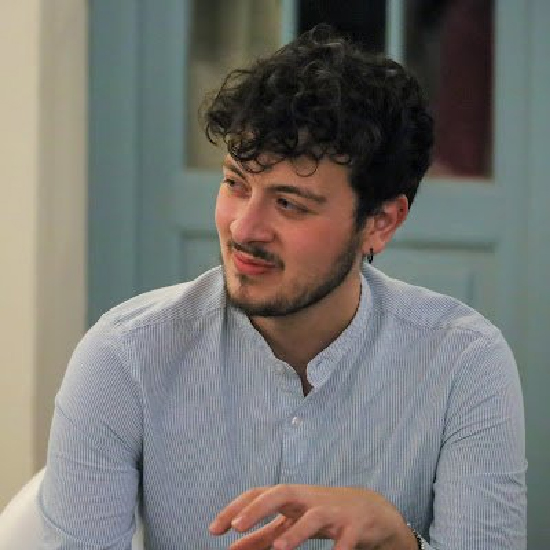
Chair: Carmine Iorio
Date: Saturday, 26th July 2025
Time: 11:00 – 11:45
Mission and objectives
In an era saturated with information – from scientific publications to social media posts-understanding how to assess the credibility and origins of news is both challenging and crucial.
Misinformation can often appear in reputable sources or through data analysis that, while authoritative in appearance, might be erroneous or misinterpreted. The ability to distinguish between genuine and fraudulent content has become a key skill for professionals, researchers, and the public alike.
I propose an interactive workshop designed to equip participants with fundamental tools and methods for spotting misinformation and fake news, including those originating from seemingly legitimate sources.
Intended Audience
- Academics and researchers are eager to maintain rigorous standards of data interpretation.
- Journalists and media professionals seek effective tools to spot and counteract disinformation.
- Students and educators are interested in enhancing digital literacy and critical thinking skills.
- General conference attendees looking to understand the broader implications of misinformation in our society.
Expected Outcomes
- Increased Awareness: Participants will leave with a clearer understanding of how misinformation proliferates and how it can infiltrate trusted sources.
- Practical Skills: Attendees will practice concrete strategies for fact-checking and verifying information, enhancing their digital literacy skills.
Schedule
Duration: 30/ 45 min
1. Introduction & Overview: 11:00 – 11:45
- Present current misinformation trends.
- Discuss how “credible” sources may sometimes disseminate errors or misleading claims.
2. Framework for Identifying Fake News: 11:05 – 11:15
- Present key indicators of misinformation (e.g., sensational headlines, lack of transparency in sources, manipulated data).
- Explore critical questions and checklists to evaluate news pieces.
3. Interactive Group Exercise – 11:15 – 11:35
- Break participants into small groups.
- Each group receives a set of real and fake news items (including scientific “papers” or claims with questionable data).
- Groups analyze the items using the framework provided, discussing red flags and possible verification approaches.
- Each group presents their findings, focusing on why they believe a piece of news is fake or credible.
4. Group Presentations and Wrap-Up: 11:35 – 11:45

